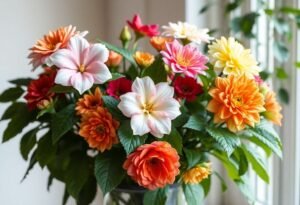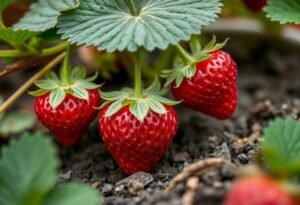Introduction to Oleander
Oleander, also known as Nerium oleander, is a plant that can captivate anyone with its colorful flowers. This beauty, native to Mediterranean regions, has become a favorite among gardeners worldwide. When considering oleander cultivation, pay attention to several key factors to ensure the plant thrives.
Choosing the Right Location for Oleander
When starting oleander cultivation, the first step is selecting the ideal spot in your garden. Oleanders thrive best in full sun exposure, needing at least six hours of direct sunlight daily. Avoid locations with strong winds or excessive moisture, as this can hinder the plant’s growth and flowering potential.
Soil and Fertilization for Oleander
The soil where you plant oleander should be well-drained. During oleander cultivation, enrich your soil with organic fertilizers to allow the plant to thrive. Regular fertilization in spring and summer will maintain the plant’s vigor. Opt for fertilizers high in potassium and phosphorus to encourage flowering.
Watering Oleander
Proper watering is crucial in oleander cultivation. Oleanders have moderate water requirements. Overwatering can lead to root rot. It’s best to water the plant when the top layer of soil is dry. In the summer, you may find yourself watering more frequently, especially during hot spells.
Pruning Oleander
Regular pruning is essential for the beautiful development of oleander. During oleander cultivation, it’s advisable to remove dead or damaged branches to enhance air circulation and improve flower health. The optimal time for pruning oleander is early spring, when the plant wakes from its winter dormancy.
Diseases and Pests of Oleander
Unfortunately, oleander, like any plant, can be vulnerable to diseases and pests. While practicing oleander cultivation, keep an eye out for symptoms like yellowing leaves or insect infestations. Many issues can be addressed using natural pest control methods. Regular health checks of your oleander will allow you to respond promptly to any problems that may arise.
Winter Care for Oleander
In temperate climates, the winter months can pose challenges for oleander. When practicing oleander cultivation outdoors, it’s essential to bring the plants indoors to a cooler spot before the first frost. Oleander thrives best in temperatures above freezing, so it’s crucial to protect it from frigid conditions.
Conclusion
Oleander cultivation is a rewarding journey that demands care and attention. With the right light, water, and maintenance, your green companion will undoubtedly repay you with stunning blooms. Start your oleander journey today, and enjoy its beauty right in your garden!
Disclaimer
The information in this article is for informational purposes only and does not replace professional advice.

















